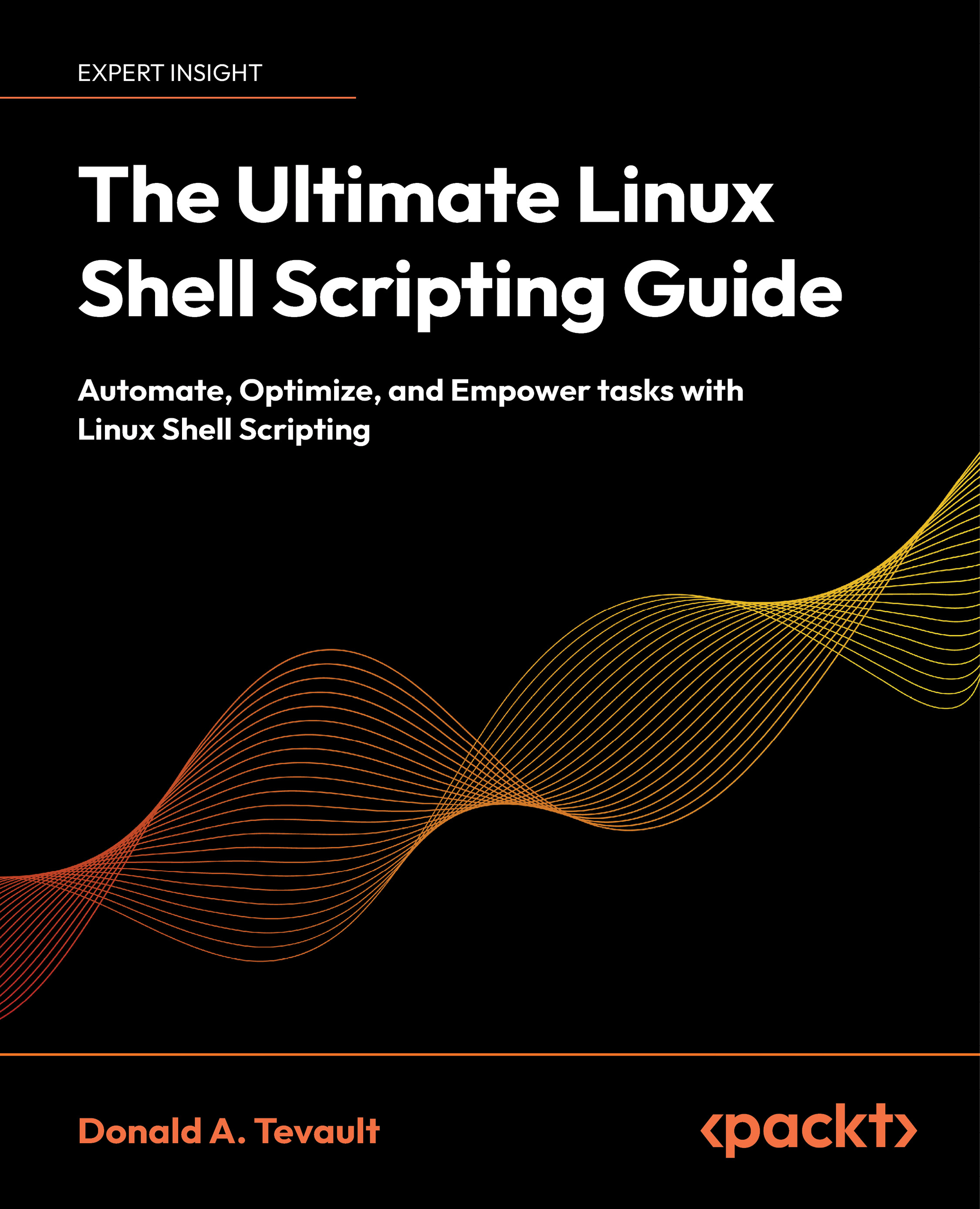Understanding Variables and Pipelines
In the previous chapter, you saw how the shell interprets users’ commands, and you saw various examples of how to craft your commands. In this chapter, I’ll tell you about variables and pipelines.
The ability to create variables and assign values to them is an important part of any programming environment. As you would expect, both bash and zsh have this capability. In the first part of this chapter, we’ll cover the basics about environmental variables and programming variables.
In the second part of the chapter, we’ll cover how to use pipelines. Pipelines are very simple, and you might have already used them at some point. So, I promise to make this write-up both short and sweet. (Actually, there’s not a lot to say just yet about either of these topics, which is why I’m combining both of them into one chapter.)
Topics in the chapter include:
- Understanding environmental variables...
































































